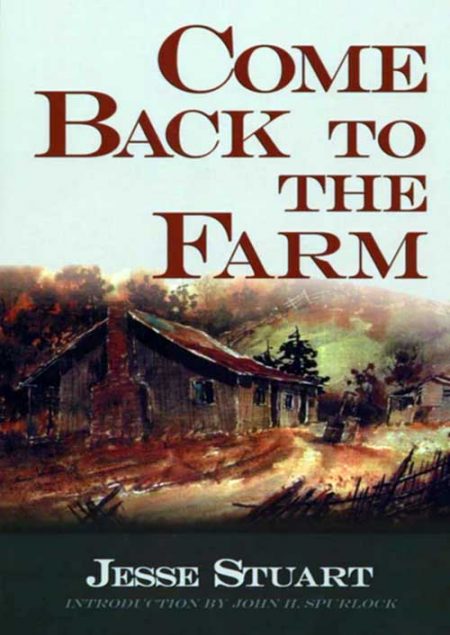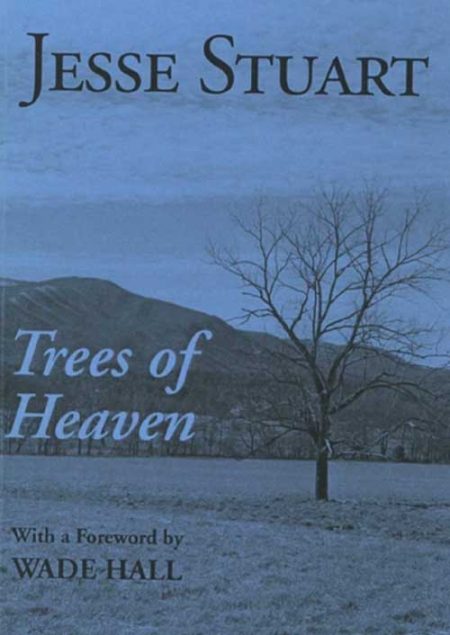-
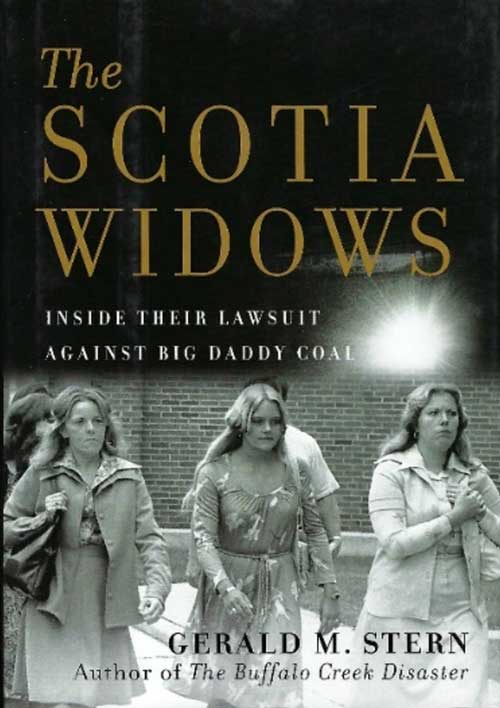 The Scotia Widows: Inside Their Lawsuit Against Big Daddy Coal On March 9, 1976, a violent explosion, fueled by high concentrations of methane gas and coal dust, ripped through the Scotia mine in the heart of Eastern Kentucky coal country. The blast killed fifteen miners who were working nearly three and a half miles underground; two days later, a second explosion took the lives of eleven rescue workers. For the miners’ surviving family members, the loss of their husbands, fathers, and sons was only the beginning of their nightmare. By Gerald M. Stern
The Scotia Widows: Inside Their Lawsuit Against Big Daddy Coal On March 9, 1976, a violent explosion, fueled by high concentrations of methane gas and coal dust, ripped through the Scotia mine in the heart of Eastern Kentucky coal country. The blast killed fifteen miners who were working nearly three and a half miles underground; two days later, a second explosion took the lives of eleven rescue workers. For the miners’ surviving family members, the loss of their husbands, fathers, and sons was only the beginning of their nightmare. By Gerald M. Stern -
 “Wit, Wisdom and Other Stuff” is a compilation of 125 commentaries. He is a former reporter for The Associated Press and for newspapers in Ironton, Ohio, Ashland, Ky. and Huntington, W.Va. Keith Kappes is a retired university vice president who returned to community journalism to be publisher of the Morehead News Group for six years. Two years before this book project, he wrote and published “The View from my Keyboard." SOFTBACK VERSION By Keith Kappes
“Wit, Wisdom and Other Stuff” is a compilation of 125 commentaries. He is a former reporter for The Associated Press and for newspapers in Ironton, Ohio, Ashland, Ky. and Huntington, W.Va. Keith Kappes is a retired university vice president who returned to community journalism to be publisher of the Morehead News Group for six years. Two years before this book project, he wrote and published “The View from my Keyboard." SOFTBACK VERSION By Keith Kappes -
 When the Japanese attacked Pearl Harbor in December 1941, Cornelia Fort was already in the air. At twenty-two, Fort had escaped Nashville’s debutante scene for a fresh start as a flight instructor in Hawaii. She and her student were in the middle of their lesson when the bombs began to fall, and they barely made it back to ground that morning. Still, when the U.S. Army Air Forces put out a call for women pilots to aid the war effort, Fort was one of the first to respond. She became one of just over 1,100 women from across the nation to make it through the Army’s rigorous selection process and earn her silver wings. SOFTBACK VERSION By Katherine Sharp Landeck
When the Japanese attacked Pearl Harbor in December 1941, Cornelia Fort was already in the air. At twenty-two, Fort had escaped Nashville’s debutante scene for a fresh start as a flight instructor in Hawaii. She and her student were in the middle of their lesson when the bombs began to fall, and they barely made it back to ground that morning. Still, when the U.S. Army Air Forces put out a call for women pilots to aid the war effort, Fort was one of the first to respond. She became one of just over 1,100 women from across the nation to make it through the Army’s rigorous selection process and earn her silver wings. SOFTBACK VERSION By Katherine Sharp Landeck -
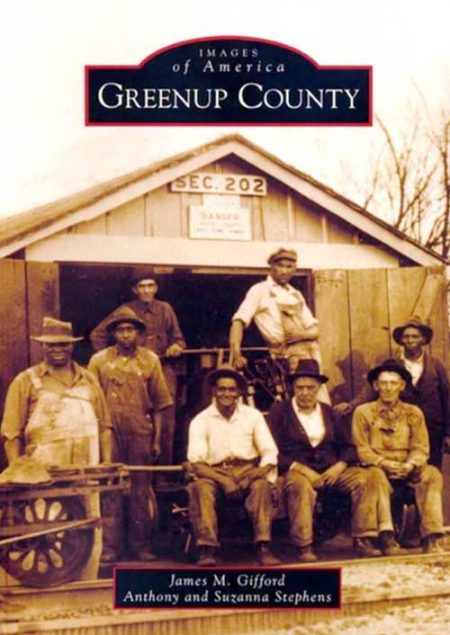 Greenup County, bordering the Ohio River in northeastern Kentucky, is rich in history and culture. Settlers first arrived in the mid-1700s and carved farms from hardwood forests. Lucy Virgin Downs, the first white child born west of the Alleghenies, lived in Greenup County, as did Jesse Boone, brother of Kentucky icon Daniel Boone. The 20th century brought industrialization and economic diversification to the historically agricultural area. Ashland Oil, a Fortune 500 company, maintained corporate headquarters in Greenup County. Two steel mills, a large rail yard, an excellent hospital, and a number of surface mines also provided employment to many people who continued to work their family farms, too. This economic progress was mirrored in every aspect of country life as education, health care, and recreation all improved dramatically. Today Greenup County’s history is appreciated by both longtime residence and cultural tourists. James M. Gifford serves as chief executive and senior editor of the Jesse Stuart Foundation, a regional publishing house. Dr. Gifford’s coauthors, Anthony and Suzanna Stephens, are eastern Kentuckians. The authors gathered photographs from dozens of personal and library collections.SOFTBACK By James M. Gifford, Anthony and Suzanna Stephens
Greenup County, bordering the Ohio River in northeastern Kentucky, is rich in history and culture. Settlers first arrived in the mid-1700s and carved farms from hardwood forests. Lucy Virgin Downs, the first white child born west of the Alleghenies, lived in Greenup County, as did Jesse Boone, brother of Kentucky icon Daniel Boone. The 20th century brought industrialization and economic diversification to the historically agricultural area. Ashland Oil, a Fortune 500 company, maintained corporate headquarters in Greenup County. Two steel mills, a large rail yard, an excellent hospital, and a number of surface mines also provided employment to many people who continued to work their family farms, too. This economic progress was mirrored in every aspect of country life as education, health care, and recreation all improved dramatically. Today Greenup County’s history is appreciated by both longtime residence and cultural tourists. James M. Gifford serves as chief executive and senior editor of the Jesse Stuart Foundation, a regional publishing house. Dr. Gifford’s coauthors, Anthony and Suzanna Stephens, are eastern Kentuckians. The authors gathered photographs from dozens of personal and library collections.SOFTBACK By James M. Gifford, Anthony and Suzanna Stephens -
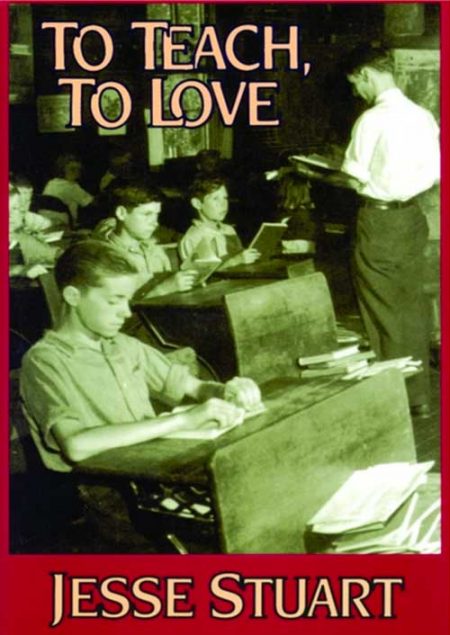 Stuart's autobiographical account of much of his educational career. This great Kentucky novelist, short story writer, poet, and teacher writes about his boyhood, his elementary school and high school experiences, and his days at Lincoln Memorial University. He tells of teaching in a one room rural schoolhouse, his experiences as a county school superintendent, and his stay as a teacher at American University in Cairo, Egypt. He explains what classroom methods worked best, and why, and speculates on what has gone wrong with American schools. By Jesse Stuart
Stuart's autobiographical account of much of his educational career. This great Kentucky novelist, short story writer, poet, and teacher writes about his boyhood, his elementary school and high school experiences, and his days at Lincoln Memorial University. He tells of teaching in a one room rural schoolhouse, his experiences as a county school superintendent, and his stay as a teacher at American University in Cairo, Egypt. He explains what classroom methods worked best, and why, and speculates on what has gone wrong with American schools. By Jesse Stuart -
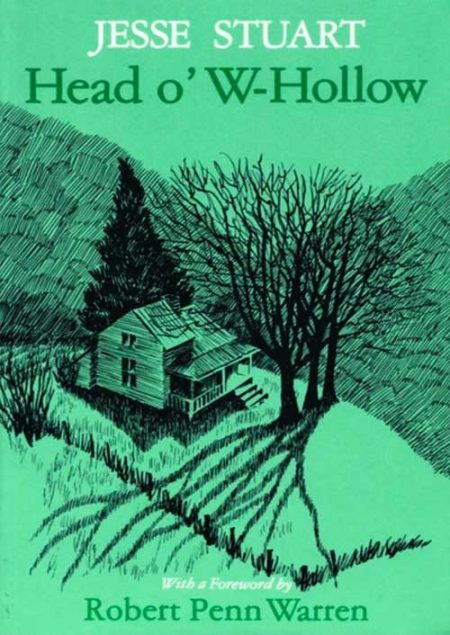 A unique and personal book bound for its own kind of immortality. Head o' W-Hollow has a permanent if modest historical value. Jesse Stuart has a "rattrap memory" for turns of speech, and he has given a socio-historical record of daily life in his remote world — now so much less remote and more changed. By Jesse Stuart REVIEWS "Stuart's first book of short stories remains haunting, powerful, and humorous." "A unique book, bound for its own kind of immortality." — Robert Penn Warren "The most honest writing that has ever been done about Kentucky mountain people." — The Nation
A unique and personal book bound for its own kind of immortality. Head o' W-Hollow has a permanent if modest historical value. Jesse Stuart has a "rattrap memory" for turns of speech, and he has given a socio-historical record of daily life in his remote world — now so much less remote and more changed. By Jesse Stuart REVIEWS "Stuart's first book of short stories remains haunting, powerful, and humorous." "A unique book, bound for its own kind of immortality." — Robert Penn Warren "The most honest writing that has ever been done about Kentucky mountain people." — The Nation -
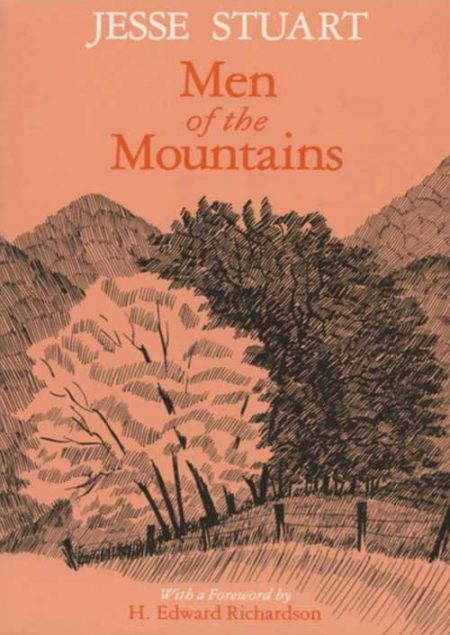 Written by a beloved American author who grew up in the foothills of the Appalachians, these twenty-one short stories explore the daily lives and activities of Kentucky mountaineers. Life, animate existence, absorbs Jesse Stuart. Never is it more vital than when juxtaposed with death, hence the contrasting motifs of life and death permeating his work. In this book, Stuart tells the stories of the hills and the men who live there. They “curse the mountains,” but love them too, he says. Existing in dimensions of real geography and elaborate imagination, Stuart moves easily between autobiography and fiction and often does not bother to distinguish one from the other. Greenup County, Kentucky blends into Greenwood County, and W-Hollow in both fiction and fact is subject to the proprietorship of the bard of Appalachia. By Jesse Stuart
Written by a beloved American author who grew up in the foothills of the Appalachians, these twenty-one short stories explore the daily lives and activities of Kentucky mountaineers. Life, animate existence, absorbs Jesse Stuart. Never is it more vital than when juxtaposed with death, hence the contrasting motifs of life and death permeating his work. In this book, Stuart tells the stories of the hills and the men who live there. They “curse the mountains,” but love them too, he says. Existing in dimensions of real geography and elaborate imagination, Stuart moves easily between autobiography and fiction and often does not bother to distinguish one from the other. Greenup County, Kentucky blends into Greenwood County, and W-Hollow in both fiction and fact is subject to the proprietorship of the bard of Appalachia. By Jesse Stuart -
 Here are twenty-one tales from Kentucky’s inimitable and beloved storyteller, Jesse Stuart. Full of high, rambunctious humor, quick-paced as a maple tree against an October hill—these stories are Stuart in his best form—the form that has made him one of most widely read authors in America. Read here about the man who coveted a steam shovel and stole it piece by piece, or about the celebrated eating contest between Sam Whiteapple and the game rooster, or about the hill farmer who wanted to clear and farm one last spot of new ground before he died. Although he has a sharp eye for human foibles and infirmities, Stuart never fails to write of his people with affection or to see that justice is done them. By Jesse Stuart
Here are twenty-one tales from Kentucky’s inimitable and beloved storyteller, Jesse Stuart. Full of high, rambunctious humor, quick-paced as a maple tree against an October hill—these stories are Stuart in his best form—the form that has made him one of most widely read authors in America. Read here about the man who coveted a steam shovel and stole it piece by piece, or about the celebrated eating contest between Sam Whiteapple and the game rooster, or about the hill farmer who wanted to clear and farm one last spot of new ground before he died. Although he has a sharp eye for human foibles and infirmities, Stuart never fails to write of his people with affection or to see that justice is done them. By Jesse Stuart -
 In twenty not-so-tall tales about rural politics in the South in rougher and tougher days, Jesse Stuart reminds us afresh that there's nothing new about political skull-duggery. The fact that he puts such labels as the Little Party and the Big Party or the Greenoughs and the Dinwiddies on the candidates doesn't mean they aren't the same old Republicans and Democrats you know so well-the wonderful folks who put Watergate on your TV screen. HARDBACK By Jesse Stuart
In twenty not-so-tall tales about rural politics in the South in rougher and tougher days, Jesse Stuart reminds us afresh that there's nothing new about political skull-duggery. The fact that he puts such labels as the Little Party and the Big Party or the Greenoughs and the Dinwiddies on the candidates doesn't mean they aren't the same old Republicans and Democrats you know so well-the wonderful folks who put Watergate on your TV screen. HARDBACK By Jesse Stuart -
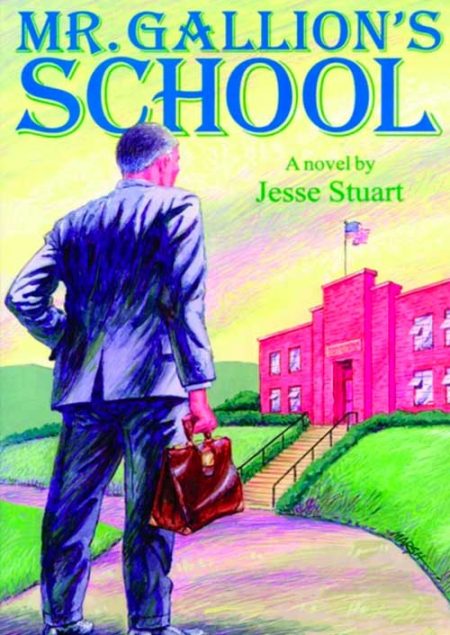 Jesse Stuart's strong views on teaching, delinquency, and parental responibilities, as well as his sharp assessment of boards of education, are more than a novelist's imagination. Mr. Gallion's School is based on Jesse Stuart's years of personal experience as a principal and teacher. As one of America's most popular writers, Stuart makes teaching and high school administration come alive in a moving and impassioned novel. Mr. Gallion's School is an enjoyable read that's great for high school students and out-of-school adults. A powerful reminder of the sacrifices that earlier generations made in order to get an education, it's a book with a great character education message in every chapter. By Jesse Stuart
Jesse Stuart's strong views on teaching, delinquency, and parental responibilities, as well as his sharp assessment of boards of education, are more than a novelist's imagination. Mr. Gallion's School is based on Jesse Stuart's years of personal experience as a principal and teacher. As one of America's most popular writers, Stuart makes teaching and high school administration come alive in a moving and impassioned novel. Mr. Gallion's School is an enjoyable read that's great for high school students and out-of-school adults. A powerful reminder of the sacrifices that earlier generations made in order to get an education, it's a book with a great character education message in every chapter. By Jesse Stuart


